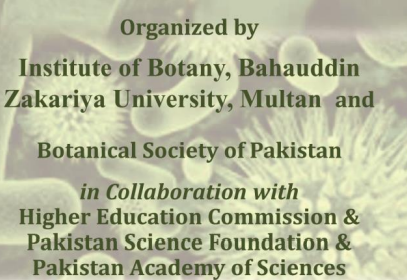
PJB-2022-112
Variation in aflatoxin contamination of rice with respect to post harvest conditions
Muhammad Kazim Ali, Faisal Mehdi and Mehdi Hassan
Abstract
Rice (Oryza sativa) is a precious cash crop which plays vital role in the wealth of Pakistan. In Pakistan, due to unawareness, lack of information, and mismanagement of staple foods like rice encouraged aflatoxin contamination and caused huge financial losses. Because it is the most compelling human carcinogen known compound therefore critically assessed before export to foreign countries. The current study was formulated to investigate the effect of humidity and temperature on total aflatoxin contamination of Pakistani rice (IRRI-6) variety at post harvesting stage condition. Total 120 samples were collected at different rice mills in Karachi and used to determine aflatoxin contamination through ELISA Kit method. Results revealed the highest (2.5 ug/kg) aflatoxin content observed in rice sampled in July while the lowest (1.4 ug/kg) content reported in rice stored in March. In both condition the value showed within the acceptable ranges of the standards of Pakistan (PSQCA) and United State (FDA and FAO) for food exports (MTL<20µg/kg). Similarly, it was lower than the maximum tolerated level (MTL, 4µg/kg) recommended by European Union for rice import in EU countries. Among the three variables grain moisture content showed positive correlation as compared to temperature and humidity. Therefore, it is concluded that the total aflatoxin level in IRRI-6 rice is minimum and ideal for human consumption however the grain moisture content must be less than 10-13%.
To Cite this article: Ali, M.K., F. Mehdi and M. Hassan. 2024. Variation in aflatoxin contamination of rice with respect to post harvest conditions. Pak. J. Bot., 56(2): DOI: http://dx.doi.org/10.30848/PJB2024-2(16)
Download PDF


